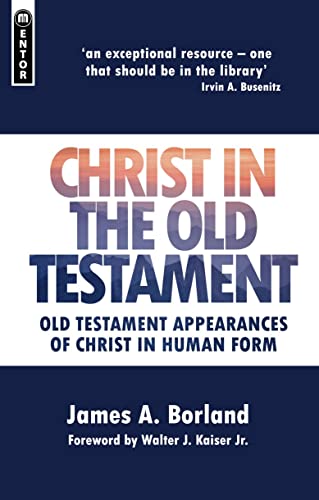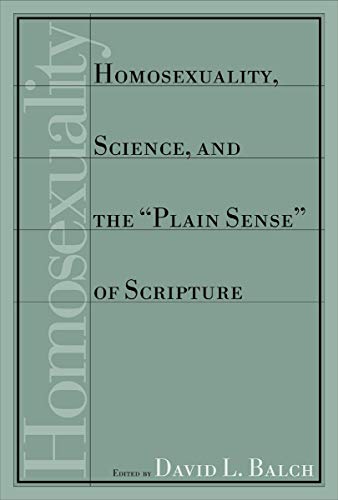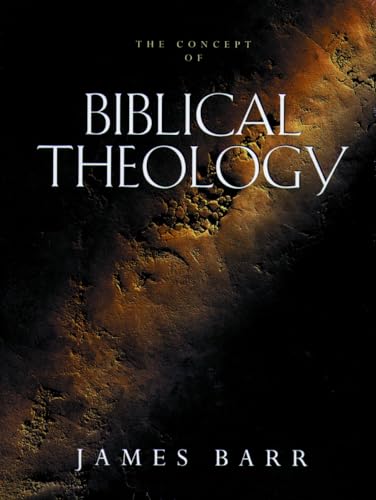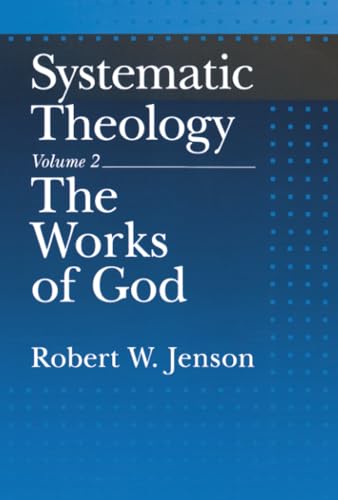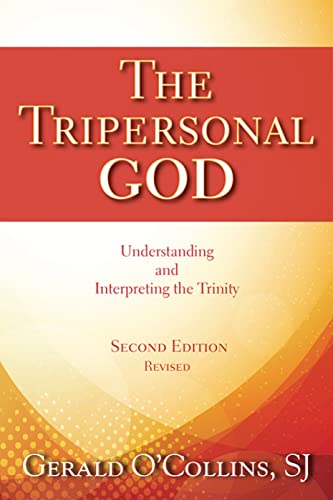Christ in the Old Testament: Old Testament appearances of Christ in Human Form (2nd edition, revised and expanded)
Written by James A. Borland Reviewed By J.P. TaylorThe author’s own summary of the book’s purpose is ‘to clarify and classify the biblical data relating to God’s human-form theophanies in the Old Testament’ (119). The main thesis of the book is that these human-form theophanies are pre-incarnate appearances of the second person of the Trinity.
In the first chapter, Borland’s use of the term theophany is carefully defined and distinguished from other manifestations of God in the OT, such as dreams and visions. From the outset he presupposes that these appearances of God can be termed Christophanies, which he defines as ‘unsought, intermittent and temporary, visible and audible manifestations of God the Son in human form, by which God communicated something to certain conscious human beings on earth prior to the birth of Jesus Christ’ (17). Borland distinguishes between ‘temporary, visible manifestations … in a human form’ and ‘the incarnation, which is indeed a permanent union with human nature’ (20f.).
In the second and third chapters, Borland argues that, even where the text appears to distinguish between Jehovah (sic) and the Angel or Messenger of Jehovah, the latter are nonetheless to be regarded as appearances of God, but as denoting the second rather than the first person of the Trinity. Even in cases such as Joshua 5:13 (where the text states that Joshua saw ‘a man’), Borland insists that these were still appearances of Jehovah. He makes the somewhat curious claim that, whereas the Hebrew word ’adamwould have implied partaking of human nature, the use of the word ’ish in these passages implies only human form or appearance.
Borland specifically rejects any suggestion that some or all of the theophanies are appearances of God the Father. He also rejects the view that the angel or messenger figure is a finite creature speaking on behalf of God. His fourth chapter spells out some implications of his thesis for various aspects of both Systematic and Biblical Theology.
The main problem with Borland’s approach is that he presupposes a full-blown Trinitarian theology which he then superimposes on the OT text. Categories such as the ‘second person of the Trinity’ are not OT categories. Consequently, his interpretation often runs counter to the plain meaning of the text; and his exegesis depends on presuppositions which are external to it. Furthermore, Borland is not totally convincing in dealing with NT texts which appear to contradict his thesis, such as John 1:18 and Hebrews 1:1.
Ironically, the most useful sections of the book may be the three appendices. The first gives an excellent historical outline of the treatment of the Christophanies, from the early Church through to the present day. The second (rightly) refutes the view that the appearance of Melchizedek in Genesis 12 is to be regarded as a Christophany. The final appendix discusses some ‘practical lessons’ to be learned from the theophanies. These are undoubtedly of homiletical value, whether or not the reader is in agreement with Borland’s overall thesis.
The book is clearly argued given its presuppositions, relevant texts are examined in detail, and opposing views are acknowledged and discussed. There is a comprehensive bibliography. This is a subject on which little has been written—and Borland makes a significant contribution to the debate. Nevertheless, he failed to convince me that the only possible conservative-evangelical interpretation is to regard OT theophanies as pre-incarnate appearances of Christ—for in the end this is not the plain meaning of the text.
J.P. Taylor
Union Theological College, Belfast


